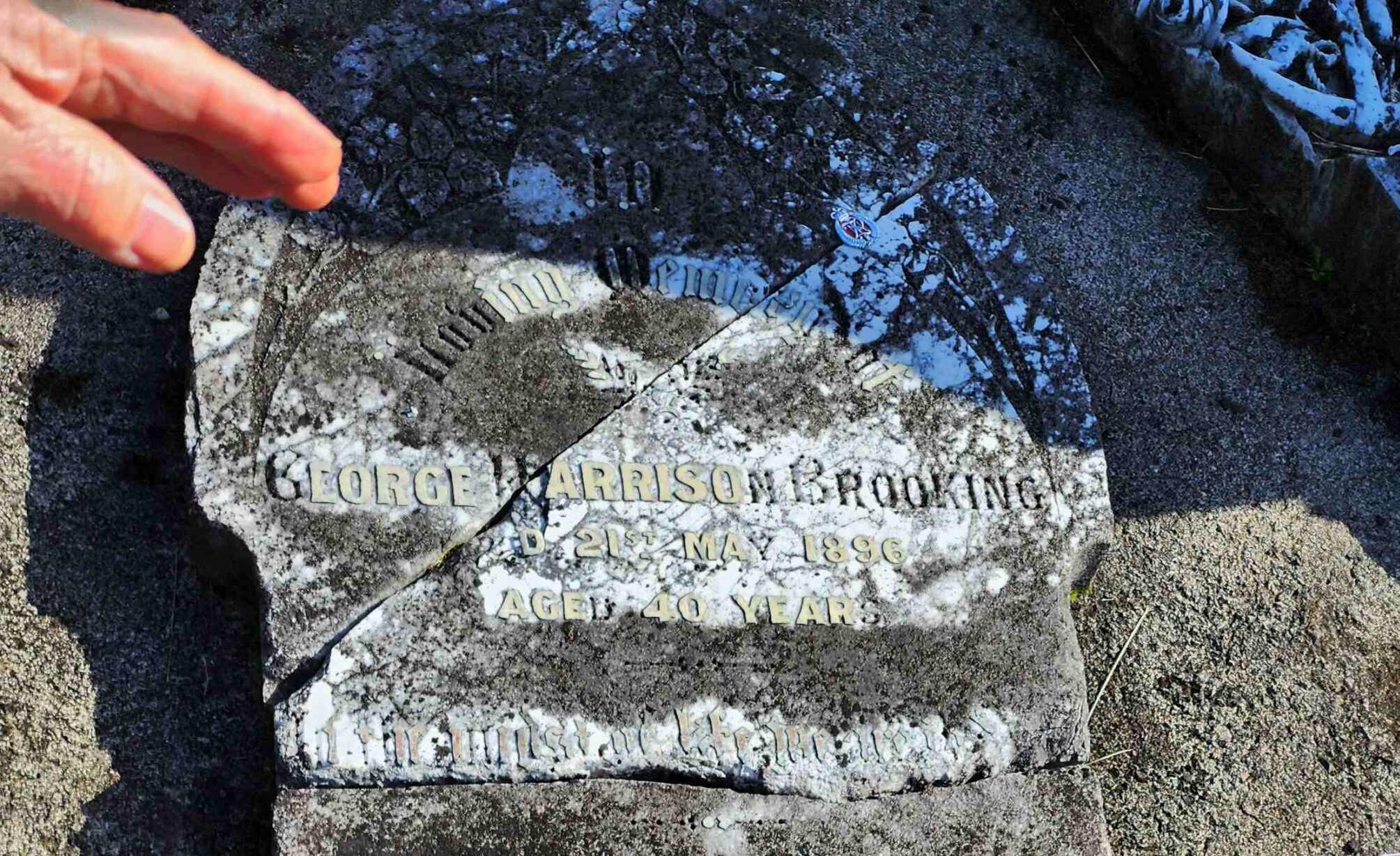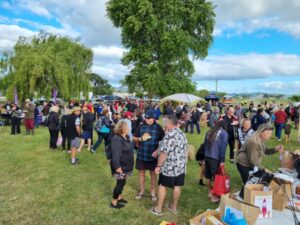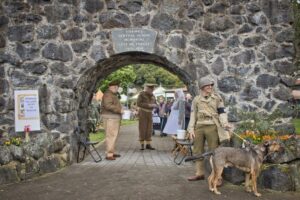One of Waihī cemetery’s oldest gravestones will soon be getting a makeover, thanks to genealogist and Waihī Heritage Vision member Robyn Ramsey.
The 127-year-old stone marks the resting place of Constable George Harrison Brooking, a policeman who contracted a fatal illness while on duty.
Called to handle a decomposing body at Martha Mine in 1896, he fell ill soon afterwards, passing away on May 21.
Time and weather have taken their toll on the cemetery, and his gravestone now lies in carefully-arranged pieces on the adjacent
plot.

“I thought we should do something about that,” Robyn said.
“We [Waihī Heritage Vision] do a walk annually. We covered his story in 2015 with the theme: historic and early burials in Waihī cemetery. And it was broken then.”
However, getting a gravestone repaired was not a straightforward process, Robyn said. She’s been working on this project for several months.
First, she contacted Hauraki District Council for permission to repair the stone, but was told not to touch it.
“Families are responsible for the graves in the cemeteries – this is the law,” she said.
“Nobody else is allowed to do anything with them.”
A council spokesperson later clarified to The Profile that “in the case of historical grave sites where there are no living family members, then there are organisations who volunteer to help with cleaning or restoring plaques and headstones. These groups contact council staff for approval to carry out the work”.
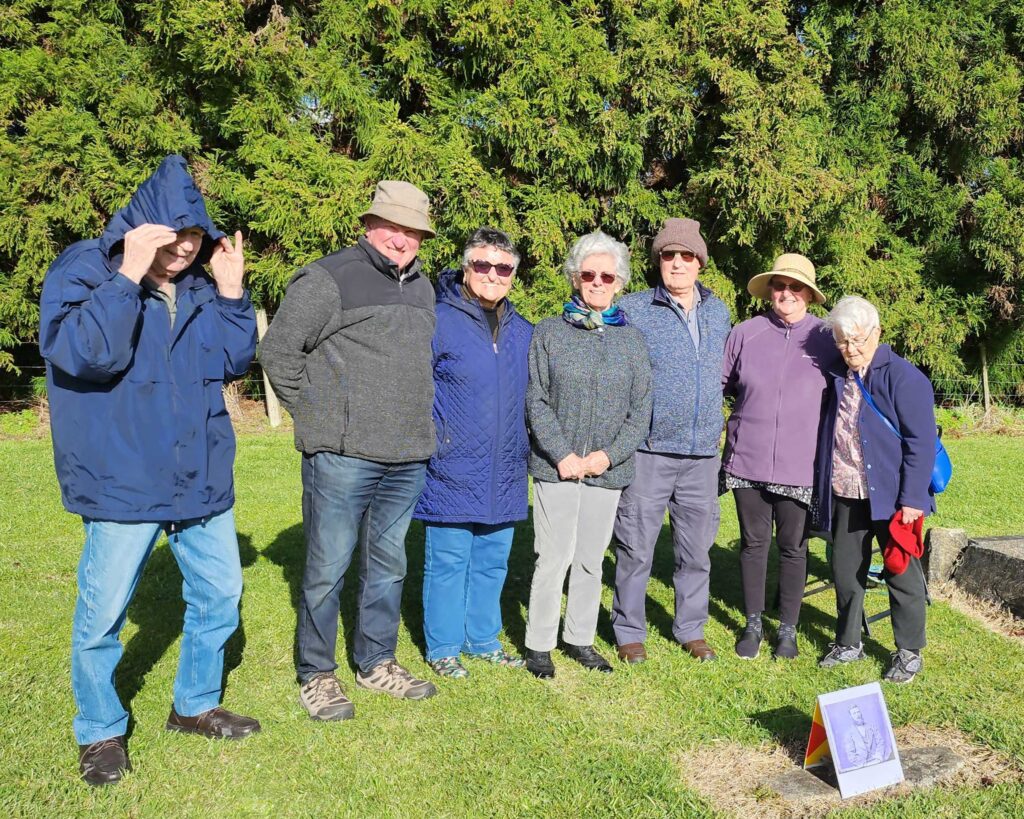
However, Robyn was concerned the stone could be removed entirely.
“HDC’s policy regarding gravestones is that if they are unsafe or in a state of disrepair then the council can remove and destroy them, keeping a record and photographs on file,” she says.
“I wouldn’t like to see that happen and I think he deserves to have his gravestone repaired and restored.”
Luckily, Robyn’s other passion, genealogy, has come in handy. “I was able to find a descendant, a great grandson. He lives in Australia and he was very pleased to know that we were looking at doing this.”
With a statutory declaration and signed permission in hand, Robyn was given the go-ahead from Hauraki District Council to repair the stone.
Now, Robyn is working on finding a monumental stonemason for the repairs.
It was the hardest part so far, she said, and getting companies to supply a quote had been difficult. But once she receives one, she will be able to apply for funding.
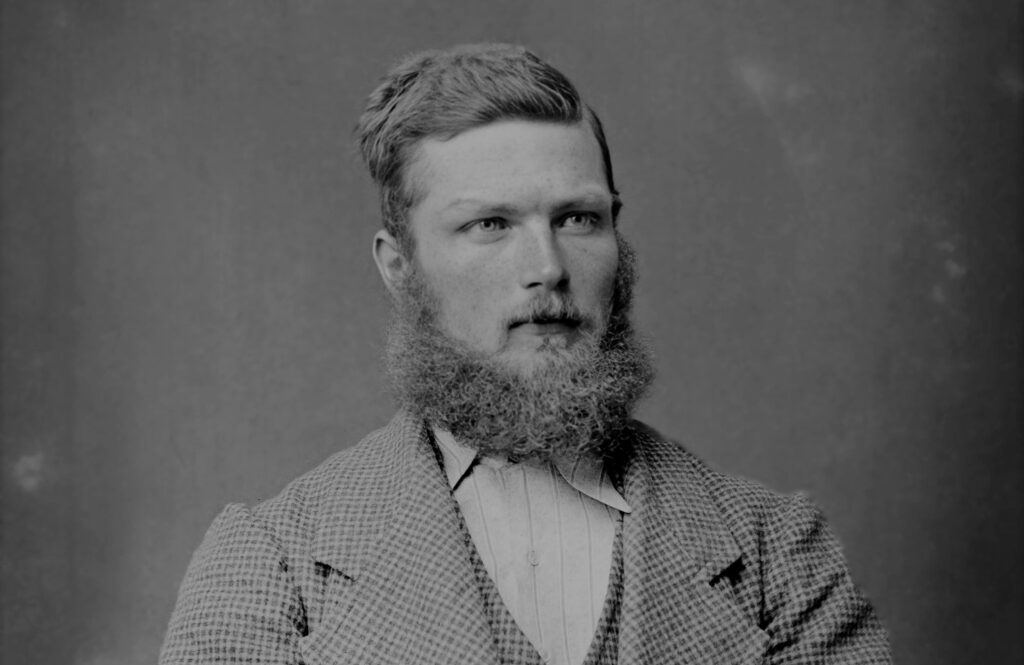
Heritage Vision chairperson Warwick Buckman said the group was proud of the work Robyn had put into the project.
“She’s done a lot of work out at the cemetery in researching people,” he says.
“We’re a fairly small group, but our members are pretty committed to see what they can do to preserve our history.”
Robyn hopes to hold an unveiling for the community once the gravestone is reinstated. She recently held a small gathering on the anniversary of his death to remember him.
“Unfortunately it wasn’t of much interest to the community apparently. There were only the Heritage Vision members who went along,” she said.
Within the wider community though, there are those who care, and remember. The New Zealand Police Museum regularly posts on social media stories of members who fell doing their duty, and on May 21, Constable Brooking’s story was shared across the country.
“Then there appeared a police badge that had been put in the crack on the gravestone, and that piqued my interest,” Robyn said.
“[It] was a local policeman who had left that there … I guess he was moved to go and pay his respects. So I guess it all meant something to him.”
Ultimately, that’s what it was all for, Robyn said.
“That’s what we’re for – preserving the history of Waihī. And his story is part of Waihī’s history.”
By ALICE PARMINTER, Public Journalism funded by NZ on Air

